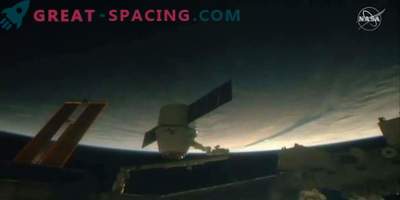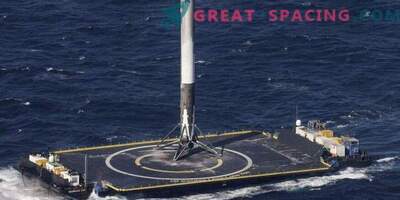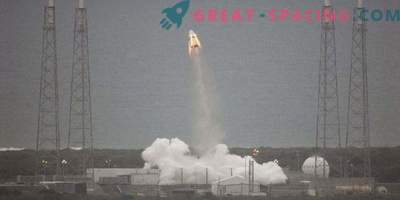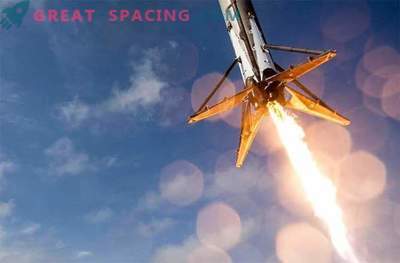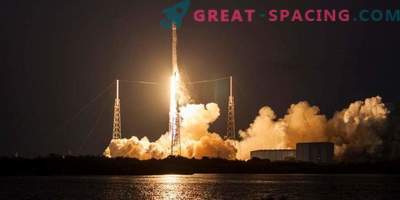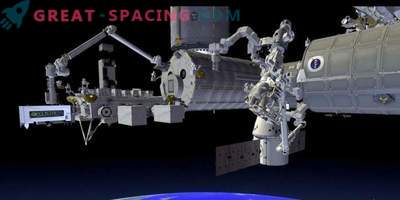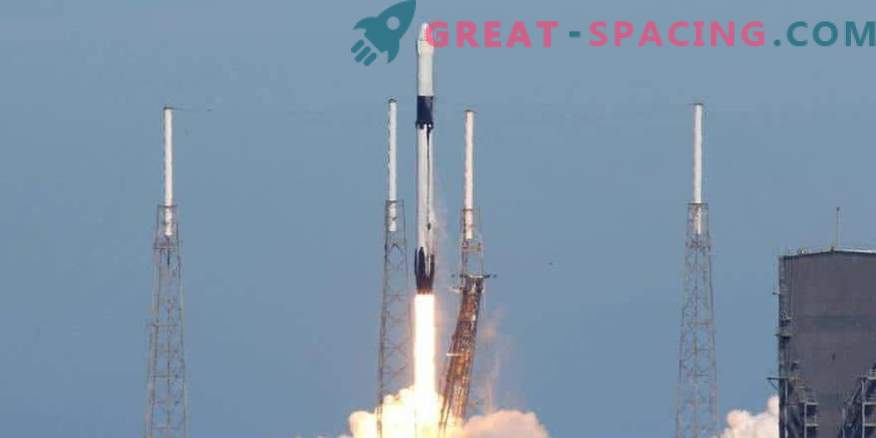
The photo demonstrates SpaceX’s launch of an unmanned Dragon spacecraft on the ISS. This is the 16th mission for NASA, as part of a long-term contract for the delivery of cargo into space
On December 5, SpaceX launched the Dragon unmanned cargo ship loaded with materials, scientific experiments and food for astronauts living on the International Space Station. However, the company failed to successfully land its amplifier.
This is SpaceX's 16th mission for NASA as part of a long-term contract for the delivery of cargo into space. Dragon cargo ship successfully went into orbit, which was the main purpose of the launch. However, the rocket was unable to provide a vertical landing on solid ground in Landing Zone 1 at Cape Canaveral.
Separated from the second stage and activating the engines to return to Earth, the video camera on board recorded the first stage of rotation. The lattice valve hydraulic pump stopped, so the Falcon 9 landed at sea. However, the engines stabilized on time, so that the rocket still touched the platform on the water, but did not land vertically, but literally lay down on the landing site. This is the first time SpaceX has failed to level the booster on solid ground after 12 successful landings. Landing on the ocean platform is more difficult, but in general, the company made 32 successful landings for its own rocket.
The main goal is to reduce the cost of launches by reusing expensive components, since upon returning they are used to simply dumping into the ocean. Initially, the rocket was supposed to start on December 4, but the launch was postponed for a day, since it found mold in one of the compartments with experiments to study the effect of microgravity on the immune system.
Among more than 250 experiments on board, there is a new type of green salad that crew members will grow in space. The space capsule with the cargo should arrive at the orbital station on December 8.





